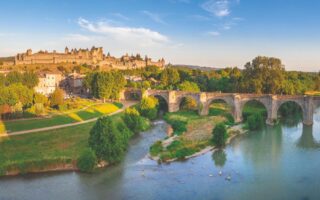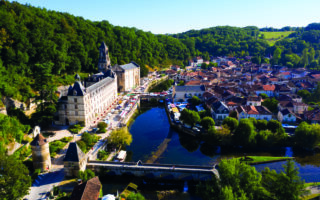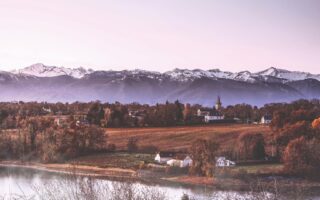A Crash Course on Creuse
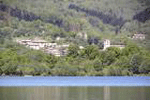

An outline of this wonderful Limousin department
 |
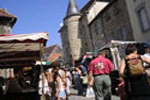 |
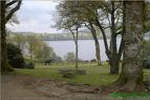 |
The department of the Creuse is situated in the centre of France, within the region of Limousin.
Creuse is one of the original 83 departments created during the French Revolution on March 4, 1790. Over the past two generations Creuse has experienced one of the largest drops in population of any French department, although this trend is slowly reversing. The property prices in Creuse are still very attractive, as is the breathtaking landscape of lakes and hills. These things combine to make living there an irresistable prospect for many. Gueret is the capital and offers a full range of amenities and commerce with a myriad of delightful hamlets and villages all within easy reach of the town.
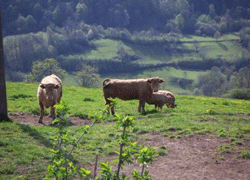 |
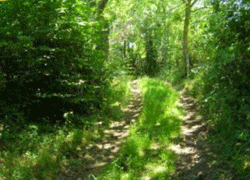 |
The department of Creuse lies northwest of the Massif central, where it borders the departments of Haute-Vienne, Corrèze, Allier, Puy-de-Dôme, Indre and Cher. The department is centrally located with being 350 km South of Paris, 350 km west of Lyon and 315 km northeast of Bordeaux.
Critical access roads link the area to the nearby regions, the A20 in the north-south direction and the RN145 in the east-west direction.
The Creuse is a rural territory, with an extremely low density of population scattered throughout the department in a multitude of villages and hamlets. The four main towns with administrative centres are Guéret, which is the departmental capital, La Souterraine, Aubusson et Bourganeuf.
The Creuse is an extremely hilly area with several mountains and numerous streams, rivers and lakes.
The department consists of 260 communes, distributed between 27 cantons which all come together to form the general council. There have been numerous drives in recent years to forge links and partnerships between different communes in order to develop the area economically and build a base for a stronger, more unified tourist industry.
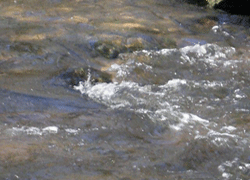 |
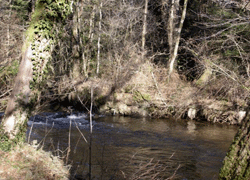 |
The Natural, Regional park of Millevaches falls in Creuse and is an area dedicated to preserving the environment whilst encouraging sustainable development and is governed by a charter signed up to by the region, 3 departments, 113 communes and various other local authority organisations.
Rural department par excellence, the Creuse possesses a strong tourist potential, not only thanks to its architectural wealth and its ancient craft industry of tapestry-making, but also because of the variety of its landscapes. The Creuse is a department with an environment which lends itself to all outdoor activities: hiking, equestrian sports, mountain biking, the list is endless. The numerous brooks, rivers and lakes also make the department a true heaven for fisherman and water sports lovers alike.
The gastronomic heritage, although basic, is delicious. Pate de pomme de terres, mushrooms galore and the truly tempting “cake creusois ” baked with delicious hazelnuts.
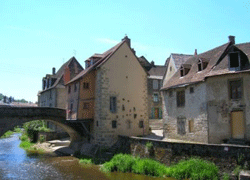 |
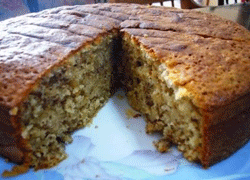 |
Summary
Creuse life is very different to the one most people live in the the UK. pollution, traffic noise, stress and crime, are all rare in this rolling landscape. Although many places are remote, each town has the necessary shops and markets for most provisions. Guéret and other major towns, have the big chain supermarkets ,often stocking a wide range of locally grown produce.(But do not forget most still shut for two hours at lunch!)
Airport links to and from the the UK are good from Limoges Airport
Creuse is renowned for its peaceful, unspoilt countryside, dramatic landscapes and breathtaking views with water everywhere.
It has rivers full of trout, tench, roach, carp, and pike, just pick up a fishing license from your local bar tabac and get casting. Le Pays de Trois Lacs which are held back by three dams provide fantastic conditions for water sports as well as offering man-made sandy beaches. Water lovers can also choose Lac de Vassiviere, a favourite holiday destination of the French. here you can enjoy windsurfing, canoeing, water-skiing, sailing, boat trips, rambling, riding, cycling and if all that gets too much you can relax on the beach.
It’s landscapes have been celebrated by artists such as Monet and Renoir and have parts known as George Sand country (after the author).
The Royal tapestry town of Aubusson is worth a visit, as is La Souterraine, a lively market town whose medieval ramparts still stand today. Throughout the Creuse you’ll also see many fine examples of romanesque churches.
For more information on this breathtaking region visit
http://www.tourisme-creuse.com/sommaire.php?id_rubrique=1
Creuse Markets
| Town | Day | Type |
| Aubusson | Every Saturday | market |
| Benevent L’Abbaye | Every Tuesday | market |
| Bourganeuf | Every Wednesday | market |
| Boussac | Every Thursday | market |
| Felletin | Every Friday | market |
| Guéret | Every Thursday and Saturday | market |
| La Souterraine | Every Thursday and Saturday | market |
| Aubusson | Every thursday in the summer months | market selling regional products |
| Chénérailles | 5th and 20th each month | foire |
| Chéniers | Sunday closest to 15th Auugust | Brocante |
| Felletin | Last Friday July | Foire of lambs |
| Féniers | 30th August | Foire of lambs |
| Maisonnisses | Third Sunday in April | Cheese foire |
| Saint Vaury | 22nd July | Garlic foire |
Find property for sale in Creuse
Share to: Facebook Twitter LinkedIn Email
More in activity, beach, boat, markets, summer, tourism, villages
By FrenchEntrée
Leave a reply
Your email address will not be published. Required fields are marked *

